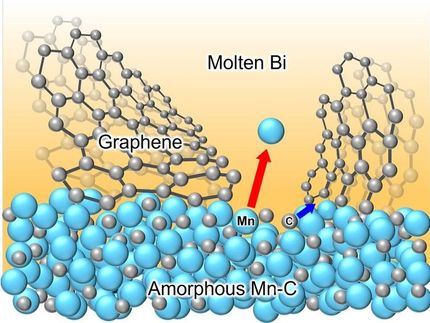Understanding defects in graphene
The products of making graphene by thermally exfoliating Graphite oxide are much more complex than previously thought, new research shows.
The most common way to prepare graphene is by thermally reducing – or ‘exfoliating’ - graphite oxide. But the graphene produced in the process often contains defects and lacks the perfect ‘honeycomb’ structure. One explanation is that these defects may be the result of organic by-products forming and escaping as gases during the reaction.
Scientists in Singapore and the Czech Republic allowed exfoliation to take place in an autoclave at 500 degrees for two hours then analysed the gases produced using gas chromatography–mass spectrometry (GC-MS). They detected many other volatiles in addition to H2O, CO and CO2, including polycyclic aromatic molecules, and those containing sulphur and nitrogen heteroatoms that are present as contaminants in the graphite oxide.
Moreover, the nature of the volatiles released varies hugely depending on pressure (2 bar versus 100 bar) and the gaseous atmosphere in which the exfoliation was carried out (hydrogen versus inert argon). The method by which the graphite oxide itself was prepared also had an effect – the Hummers method yielded the highest number of volatiles.
Understanding these by-products is crucial as they can affect the structure of the resultant graphene which influences its future use. The team suggest that measuring the volatiles produced during exfoliation could help determine the nature of defects.
Other news from the department science

Get the chemical industry in your inbox
By submitting this form you agree that LUMITOS AG will send you the newsletter(s) selected above by email. Your data will not be passed on to third parties. Your data will be stored and processed in accordance with our data protection regulations. LUMITOS may contact you by email for the purpose of advertising or market and opinion surveys. You can revoke your consent at any time without giving reasons to LUMITOS AG, Ernst-Augustin-Str. 2, 12489 Berlin, Germany or by e-mail at revoke@lumitos.com with effect for the future. In addition, each email contains a link to unsubscribe from the corresponding newsletter.

























































